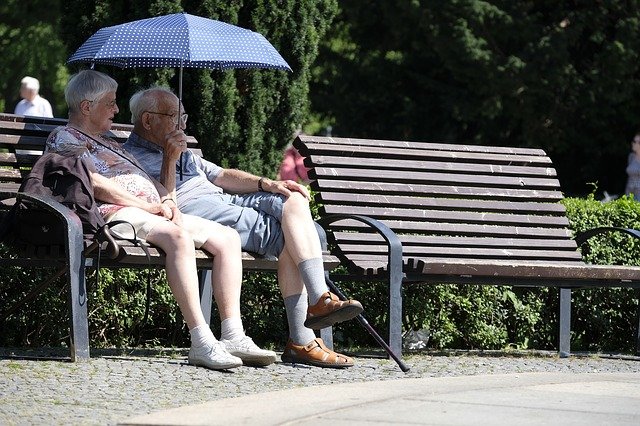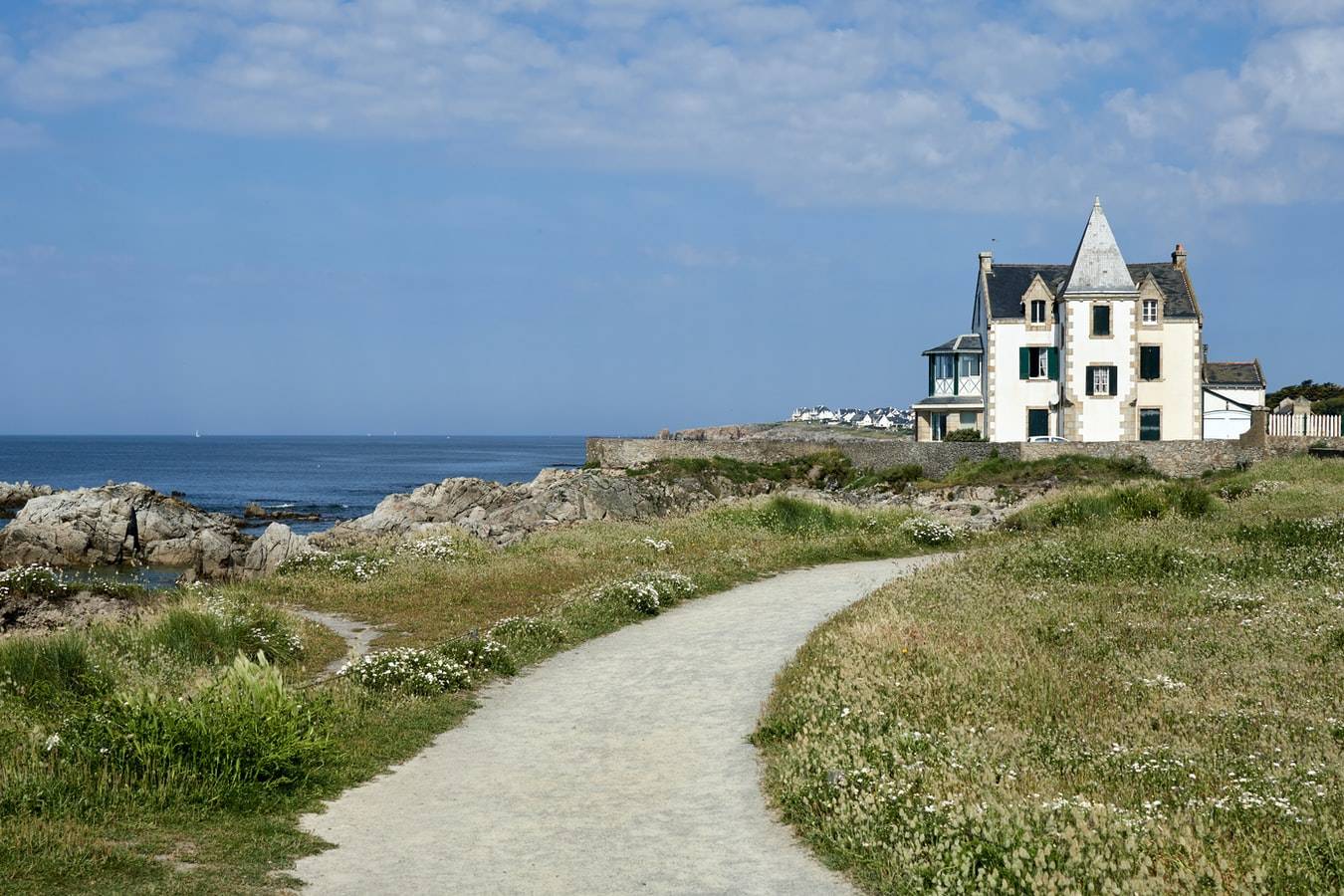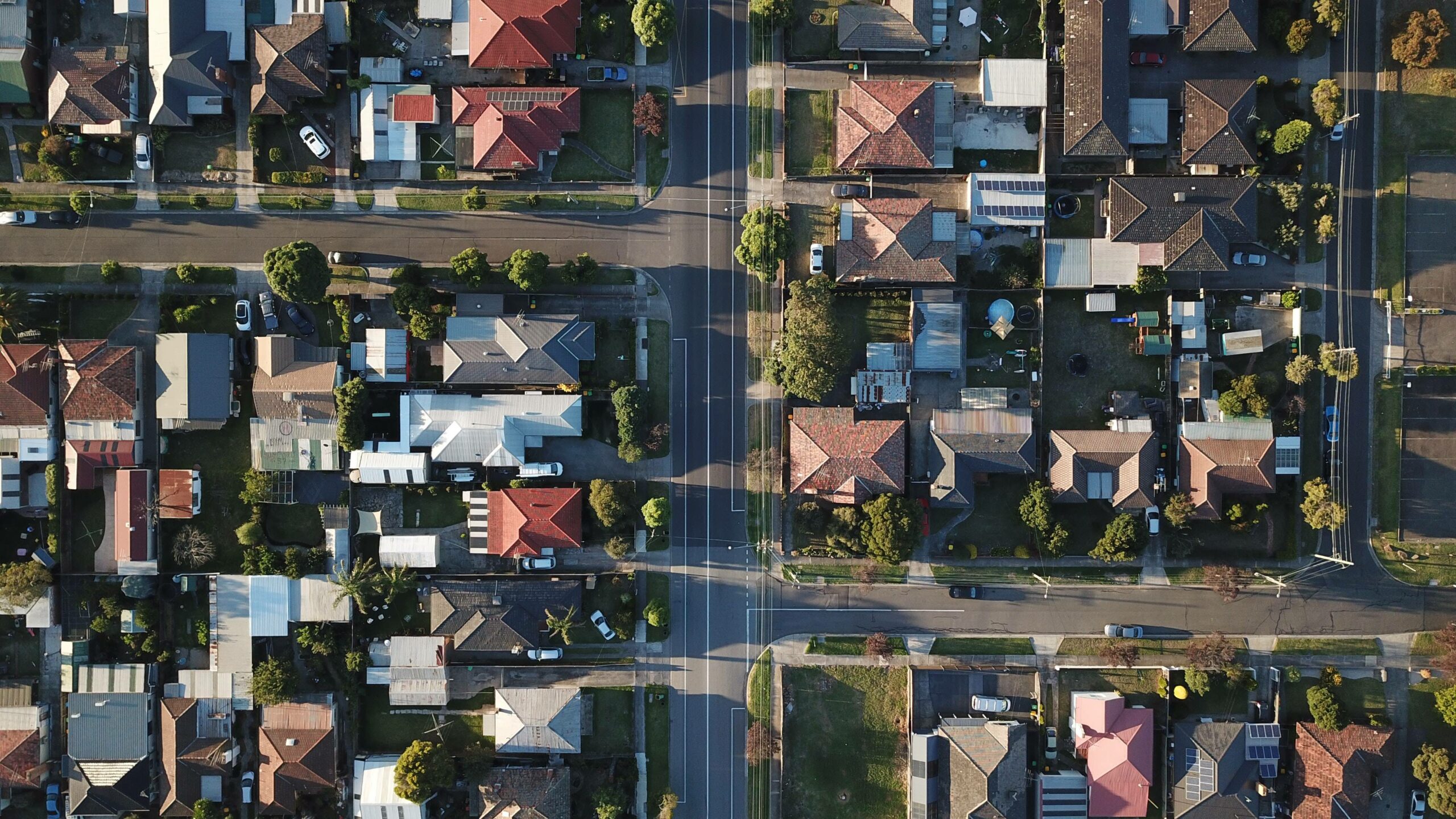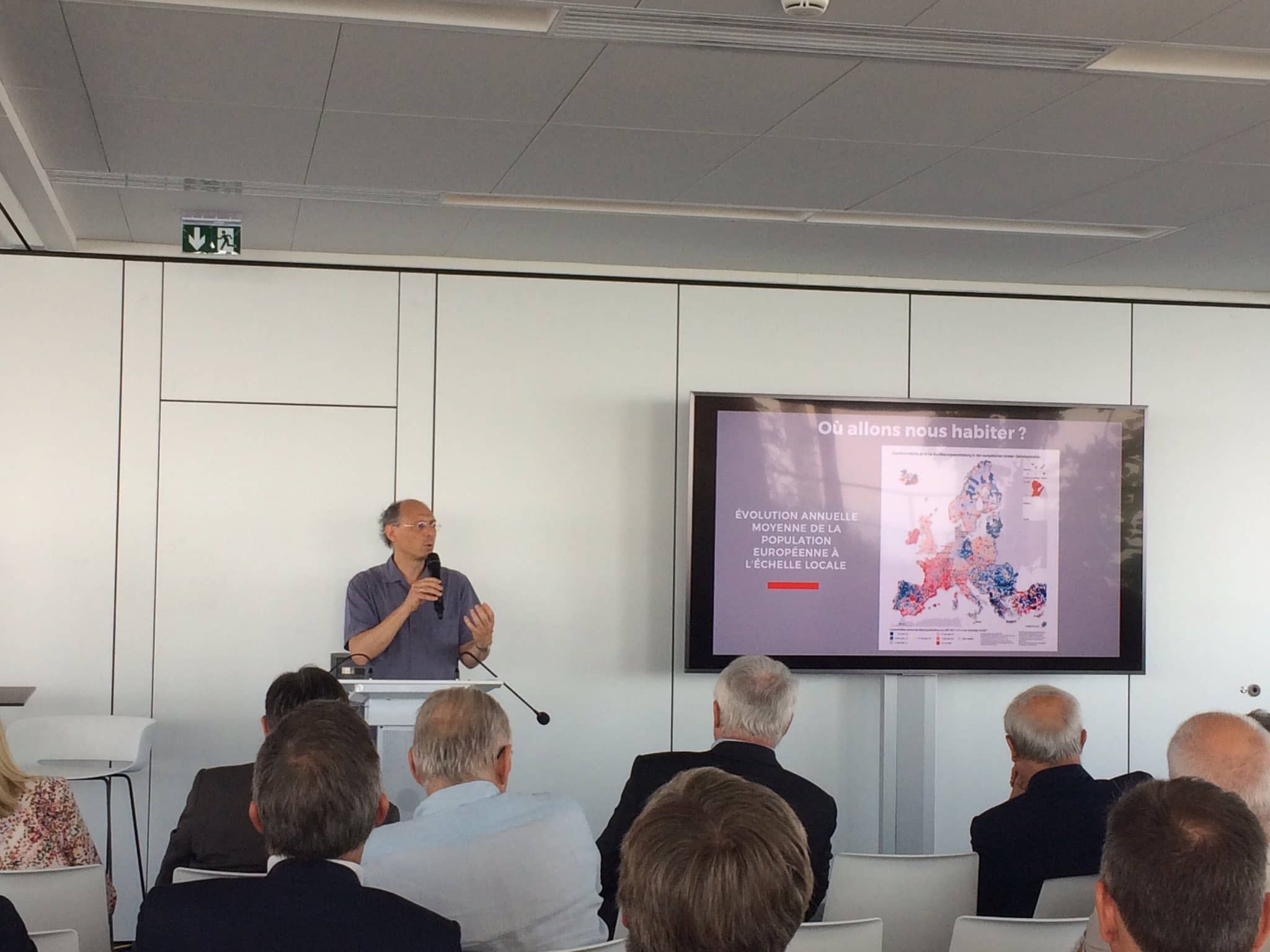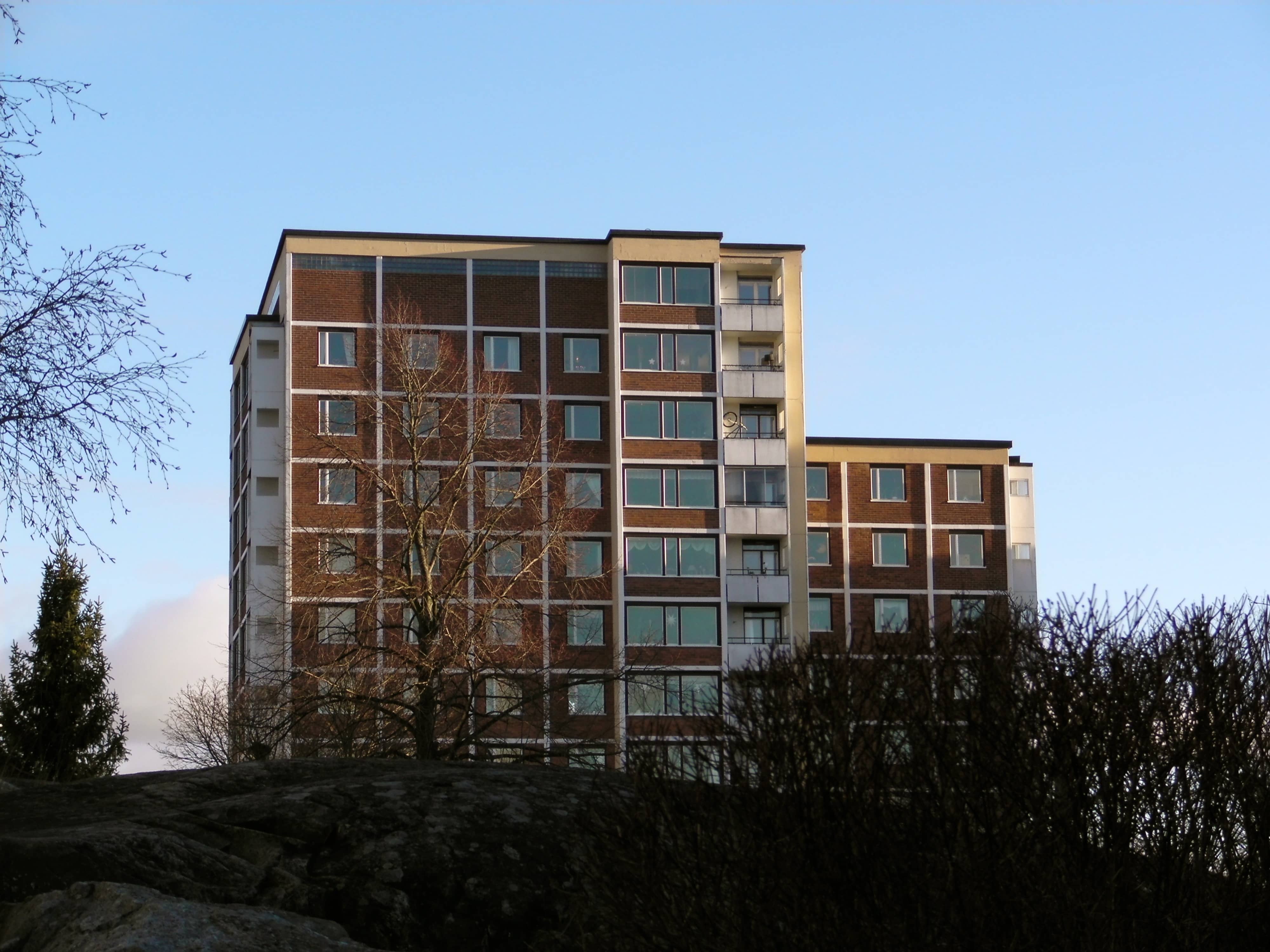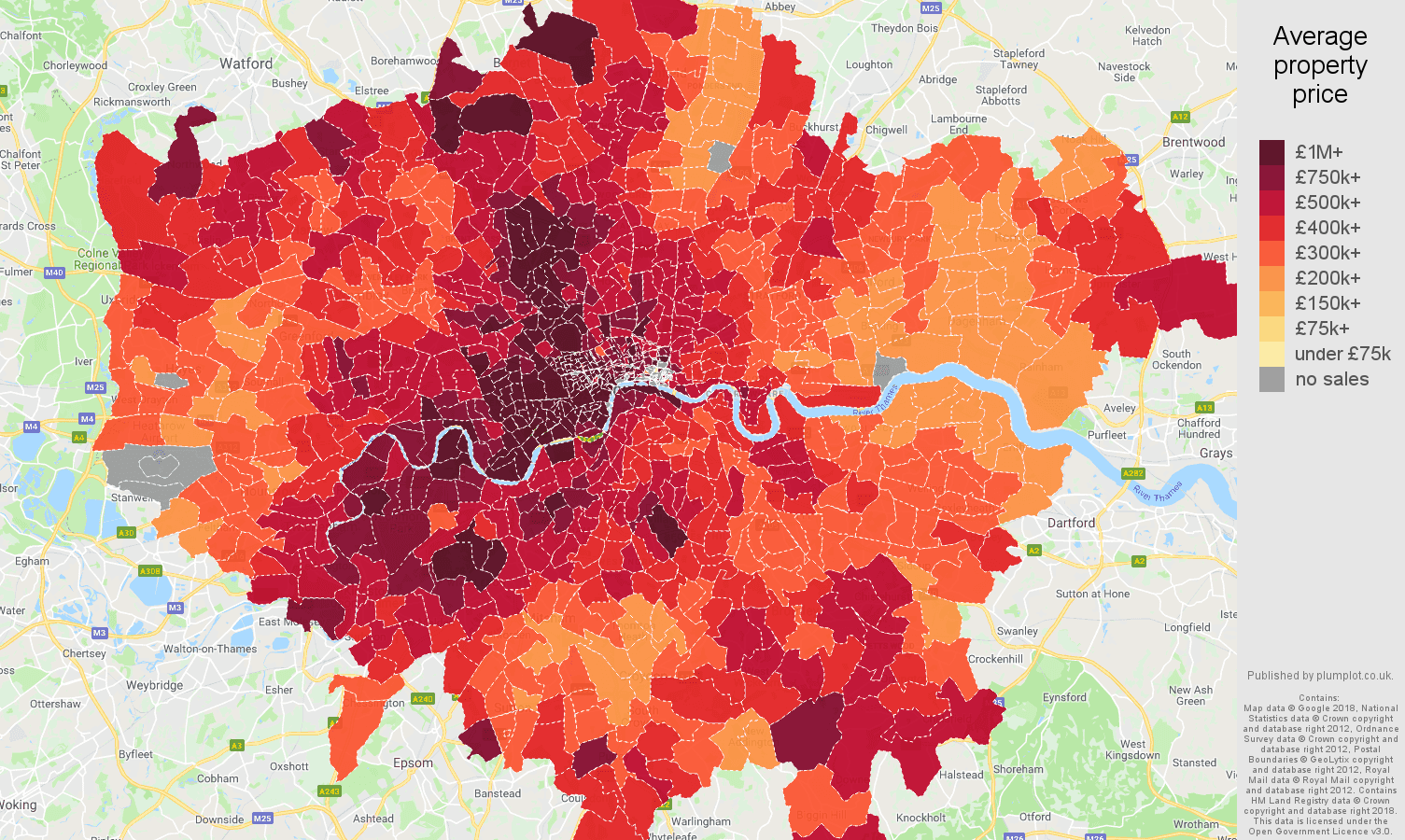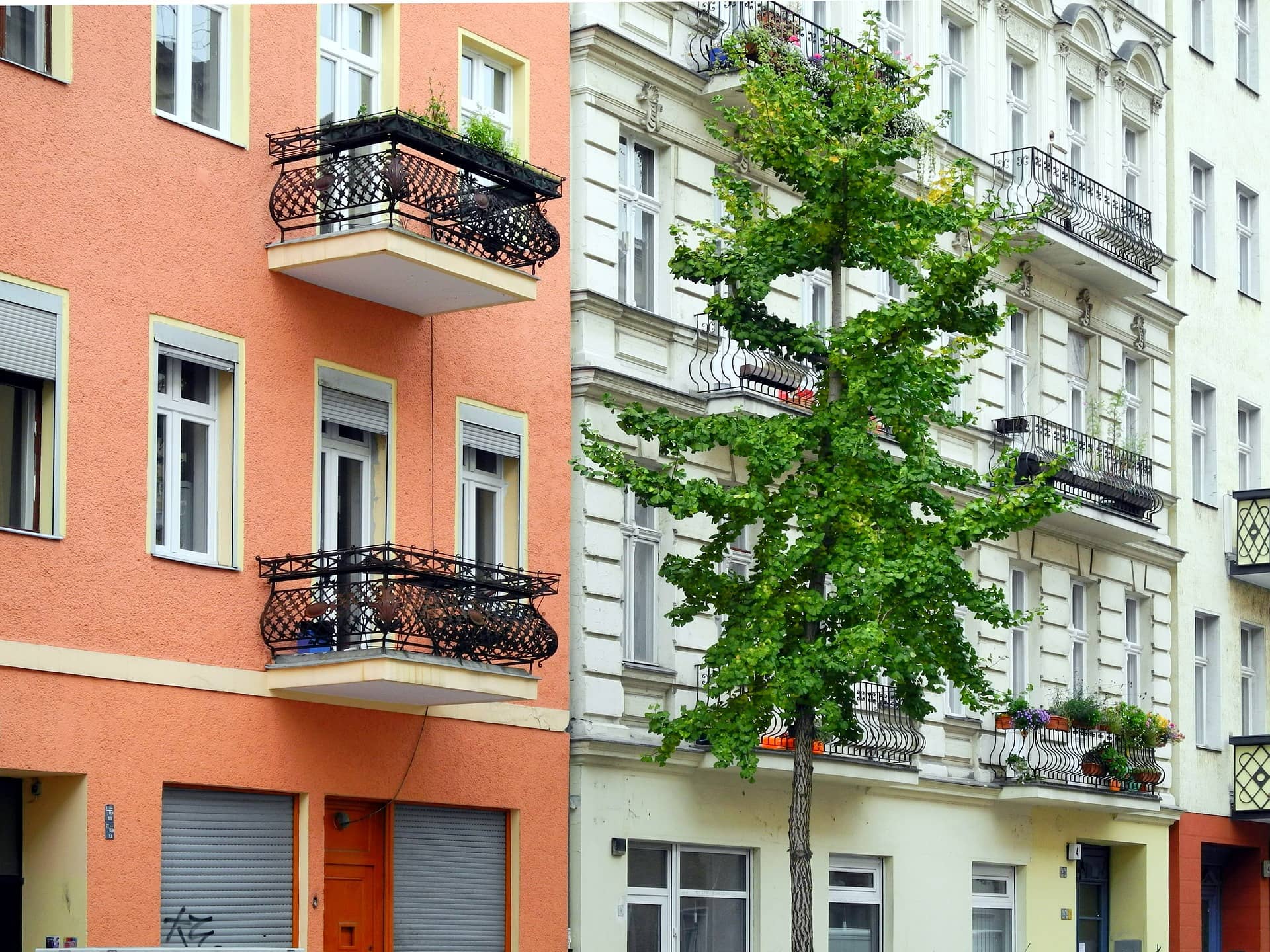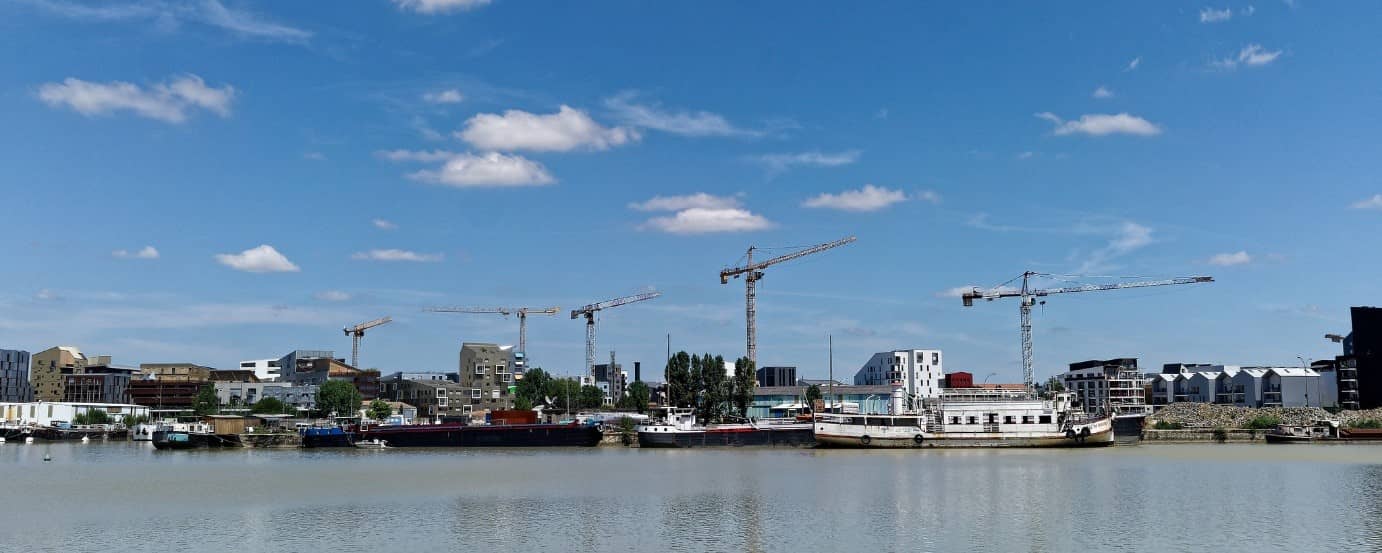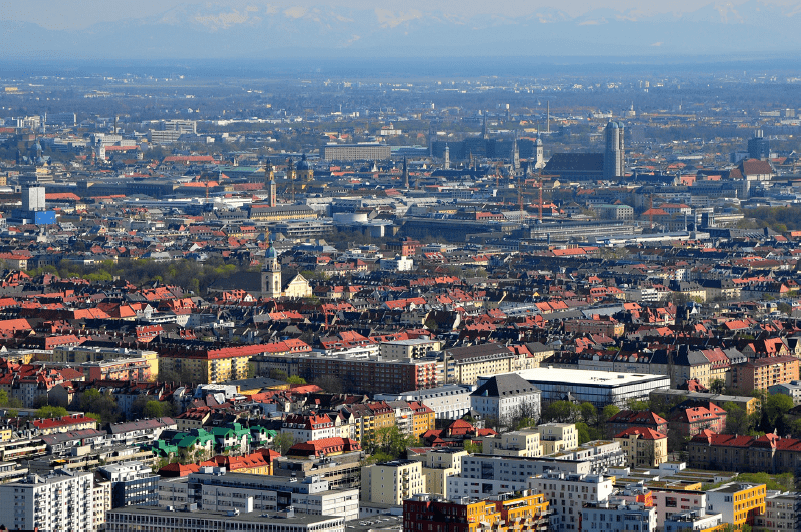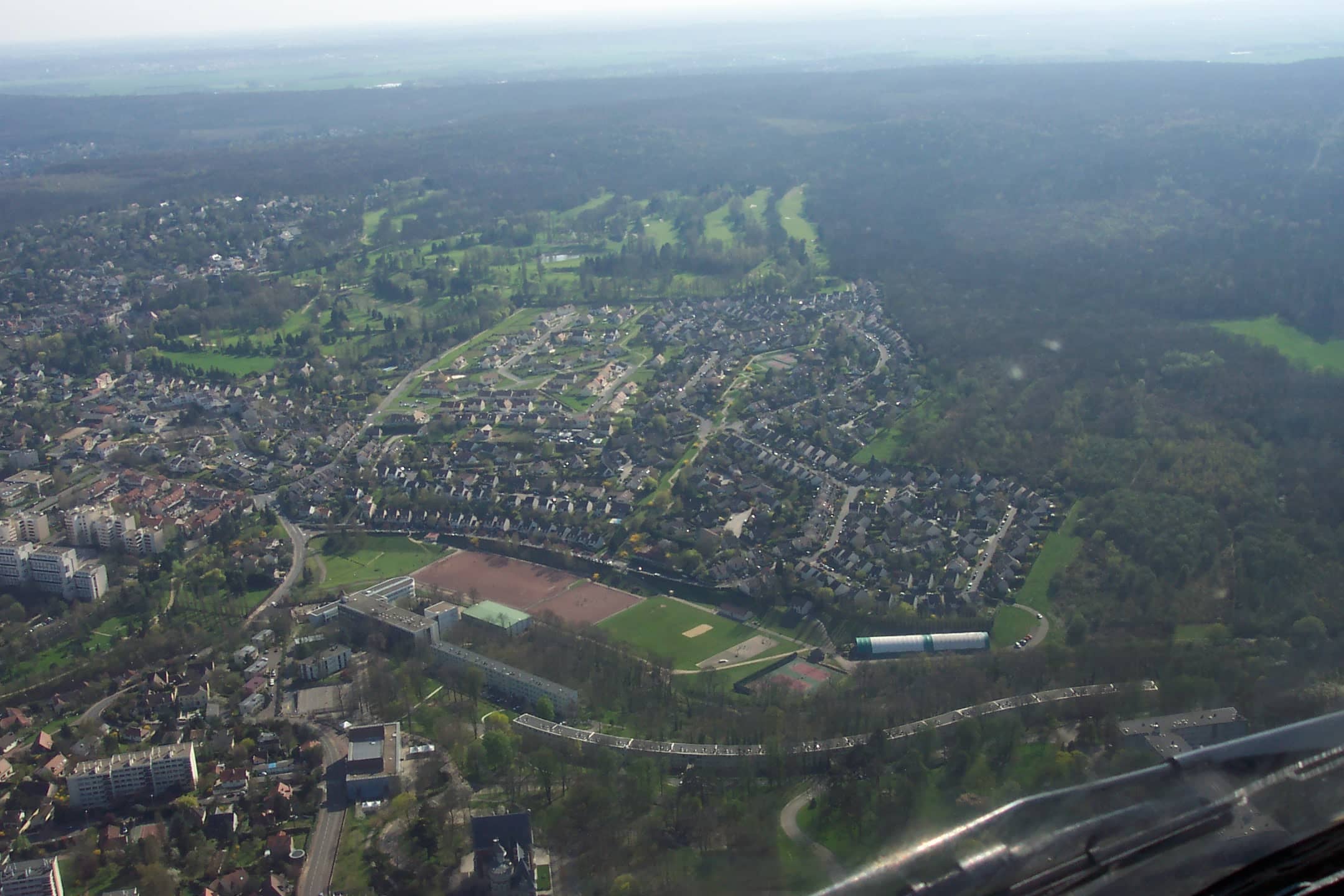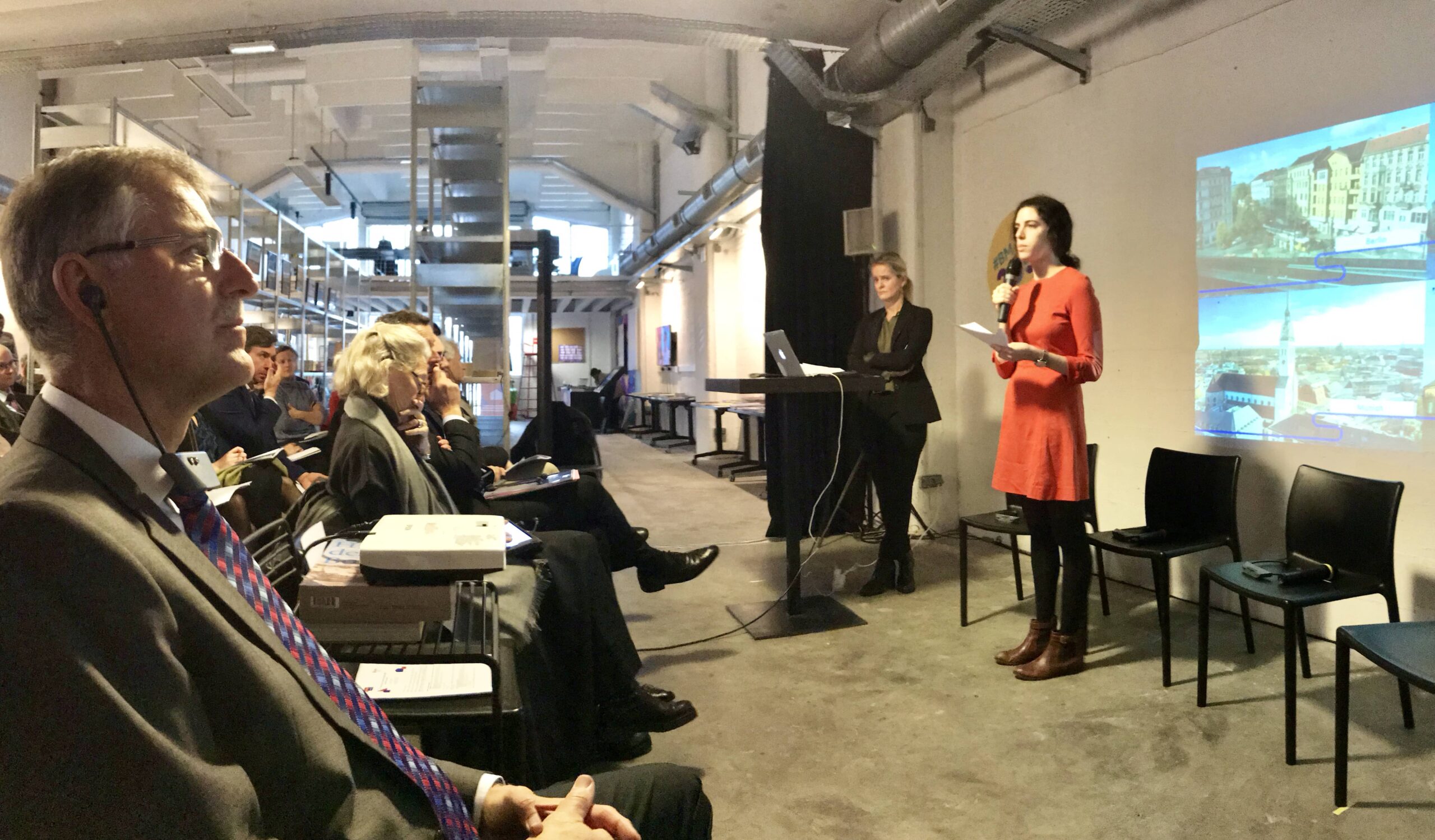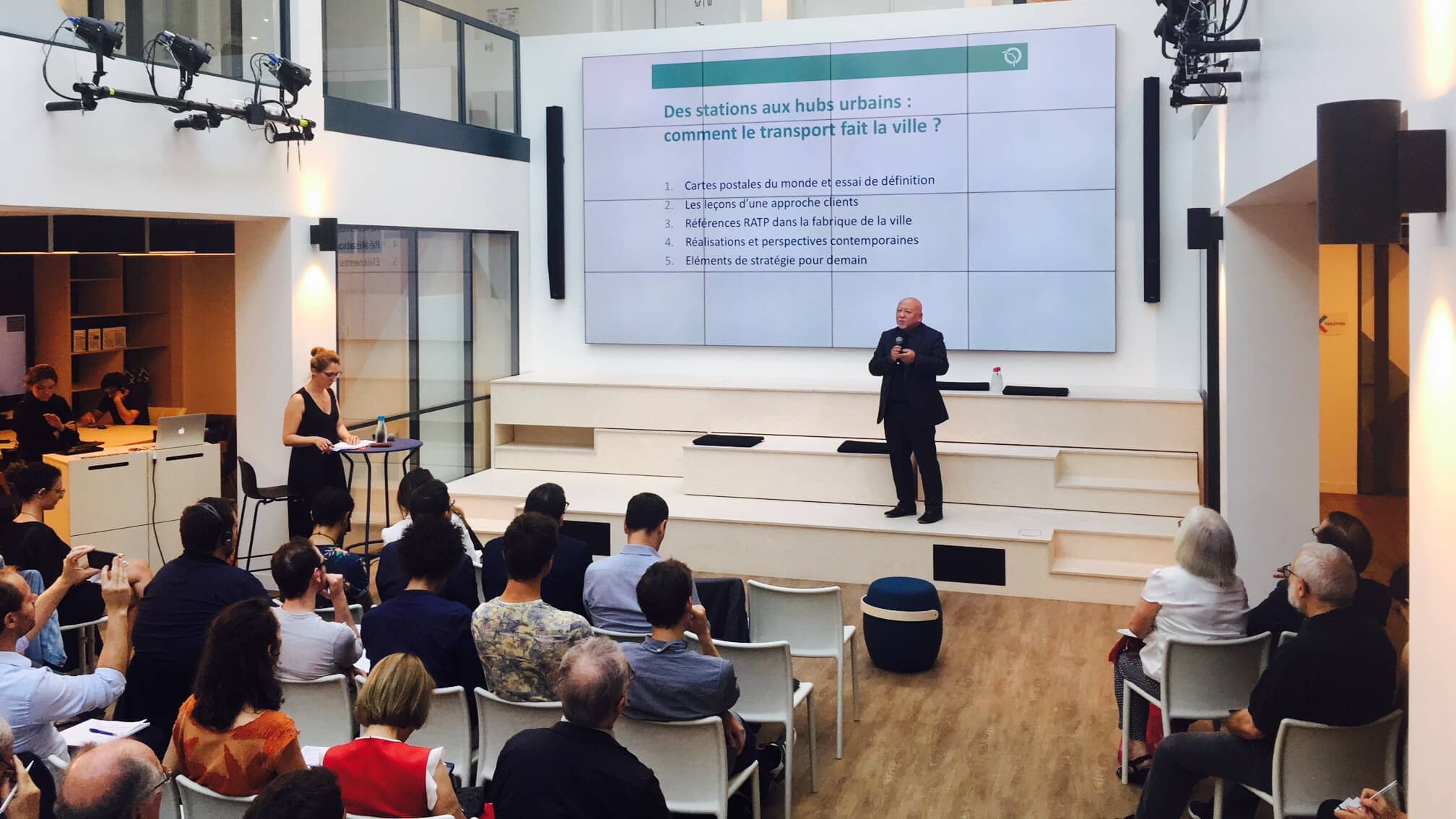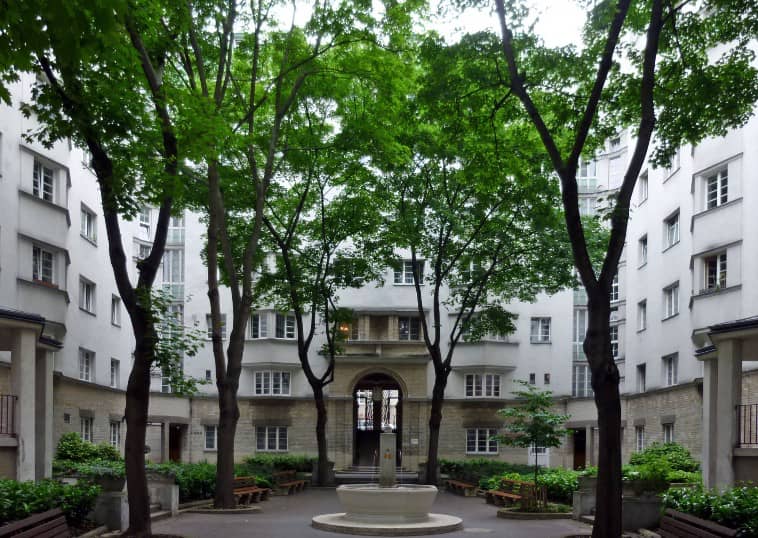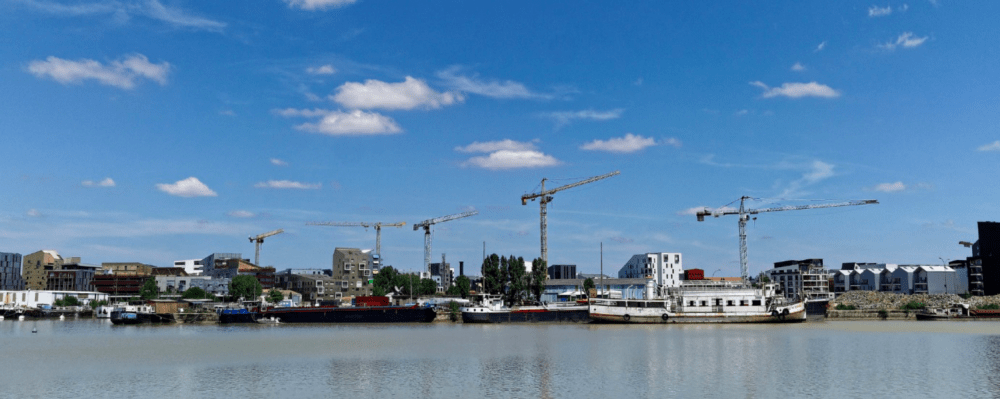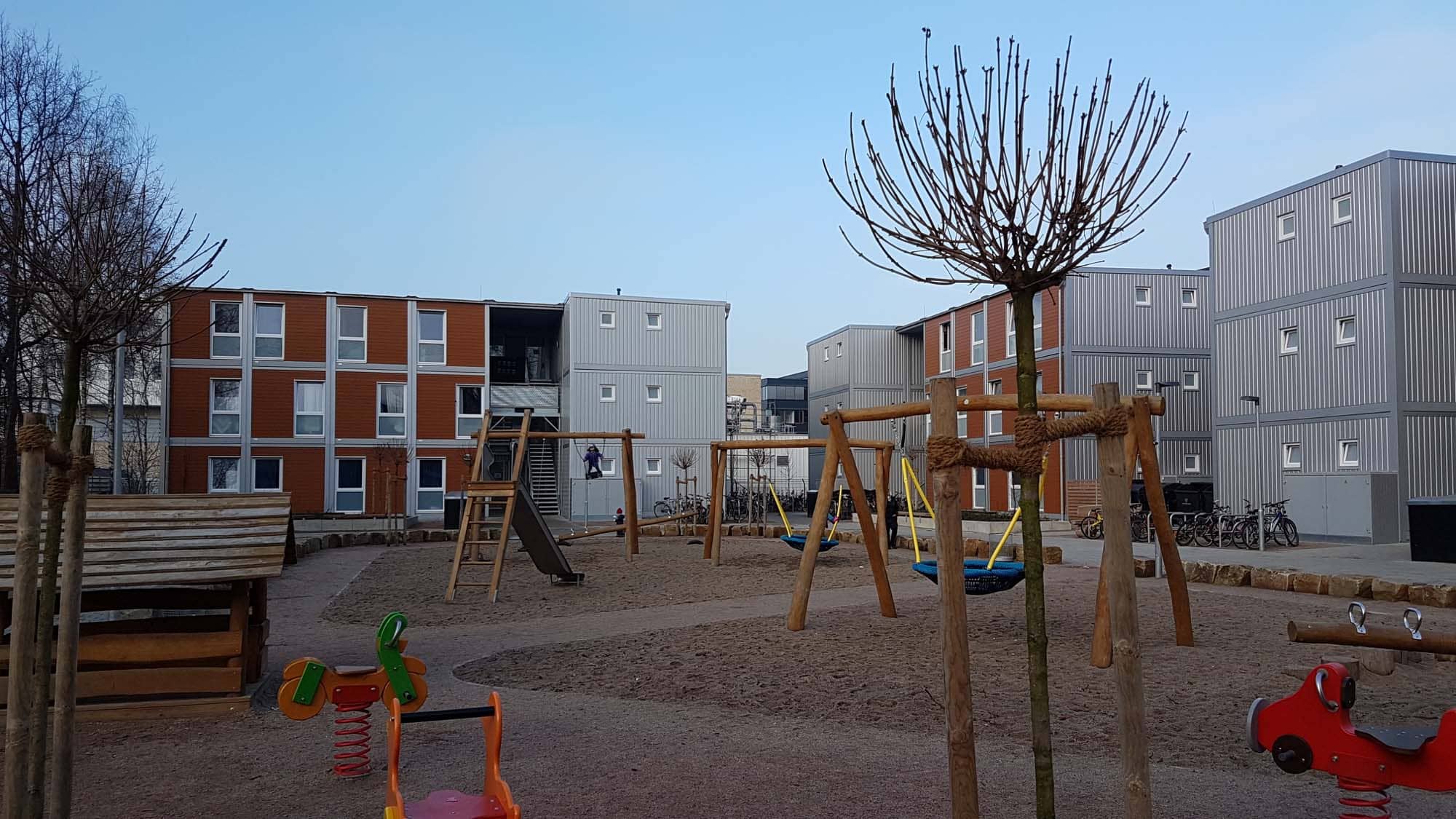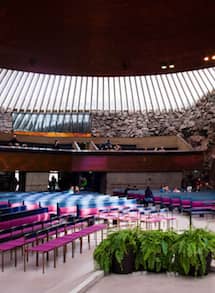

Land parsimony practices, comparative trends and outlook
The French legislator established the target of Zero Net Artificialization
(ZNA) in the law 2021-1104 on combating climate change and strengthening
resilience to its effects (known as the “Climate and Resilience Law”) 1 on the
basis that land is first and foremost an organic part of the earth and only secondarily
a resource to be used. This move institutes a national land parsimony objective
which furthers the goal of protecting biodiversity and of conserving land by combating
the conversion of natural, agricultural and forest areas to artificial surfaces.
ZNA introduces into French law a correlation between land challenges and development
practices under a wide-ranging climate policy which includes a systemic
view of anthropogenic responsibilities in relation to climate change (Le Rouzic, 2022;
Ménard et al, 2021). La Fabrique de la Cité has published many papers on this topic in
recent years 2 .
What links are there between ZNA and the much older ideal of parsimonious
land use? Is ZNA a specifically French planning practice? As French regional and
inter-municipal authorities are currently transposing the implementing decrees
and this is causing many tensions, a look at what other countries are doing provides
some perspective and places parsimonious land use within a more comprehensive
consideration of the challenges as they are raised and addressed in other countries or
regions of the world.
In conjunction with a position paper published in September 2023 by the
French Senate on policies to reduce land take in Germany, Spain, Italy and the
Netherlands 3, this author’s note by La Fabrique de la Cité will start by providing
a brief overview of long-standing debates on parsimonious land use. It will then
analyze its uptake by the European Union, then by the United Kingdom and
Switzerland (two non-EU countries) and lastly by Japan, which has a complex
non-European land parsimony model.

1. The law was passed on 22 August 2021. The full text of the law is available in French on the Légifrance website: https://www.legifrance.gouv.fr/jorf/id/JORFTEXT000043956924 (last viewed in November 2023).
2. In this regard, see the note published on 3 March 2022 on the zero net artificialization objective (https://www.lafabriquedelacite.com/publications/lobjectif-zero-artificialisation-nette-des-sols-pour-un-recentrage-au-service-de-la-strategie-nationale-bas-carbone/, full note available in French and summary in English), and the note published on 7 April 2022 on the zero net land artificialization policy as part of the French National Low Carbon Strategy (https://www.lafabriquedelacite.com/publications/zero-artificialisation-nette-zan-strategie-nationale-bas-carbone-snbc/, full note in French and summary in English). More recently, La Fabrique de la Cité also published in April 2023 a summary in French of session 3 of the seminar on the art of governing transitions, entitled Land parsimony and access to housing: a new equation is necessary (https://www.lafabriquedelacite.com/publications/
sobriete-fonciere-et-acces-au-logement-une-nouvelle-equation-a-inventer/).
These other publications may also be of interest to you:

Long live urban density!
The ideal culprit
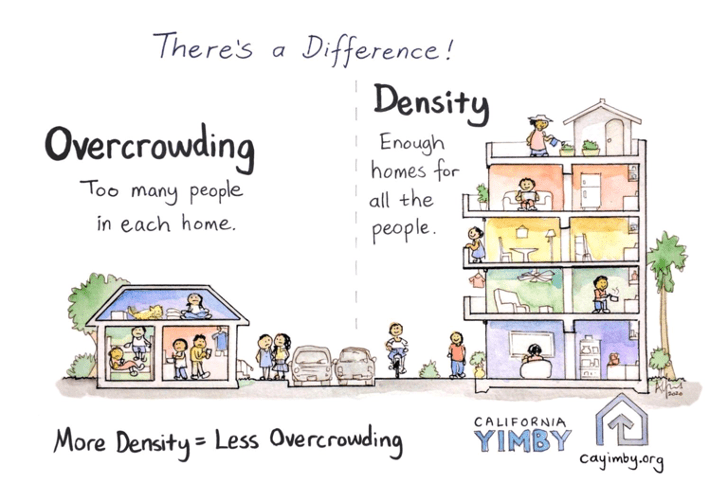
Behind the words: density
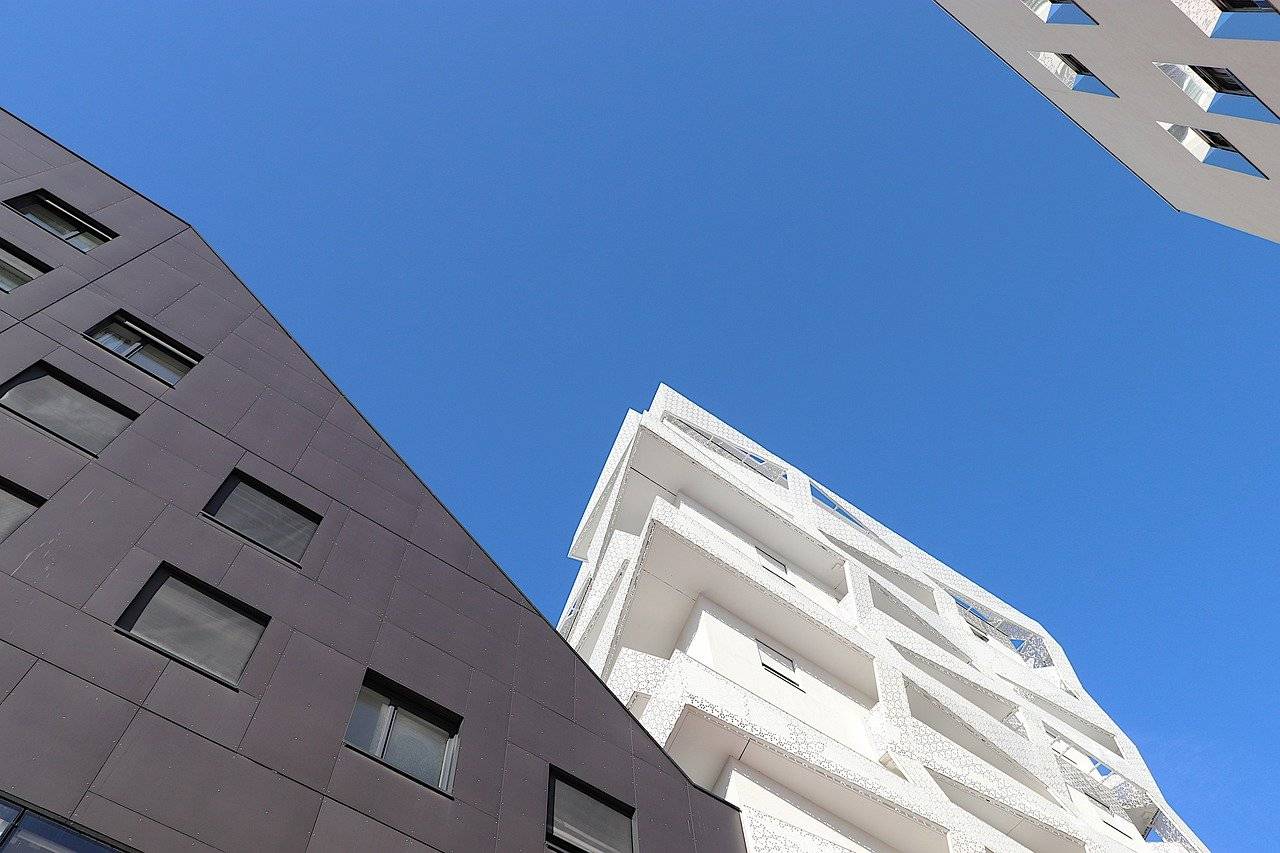
Behind the words: Affordable housing
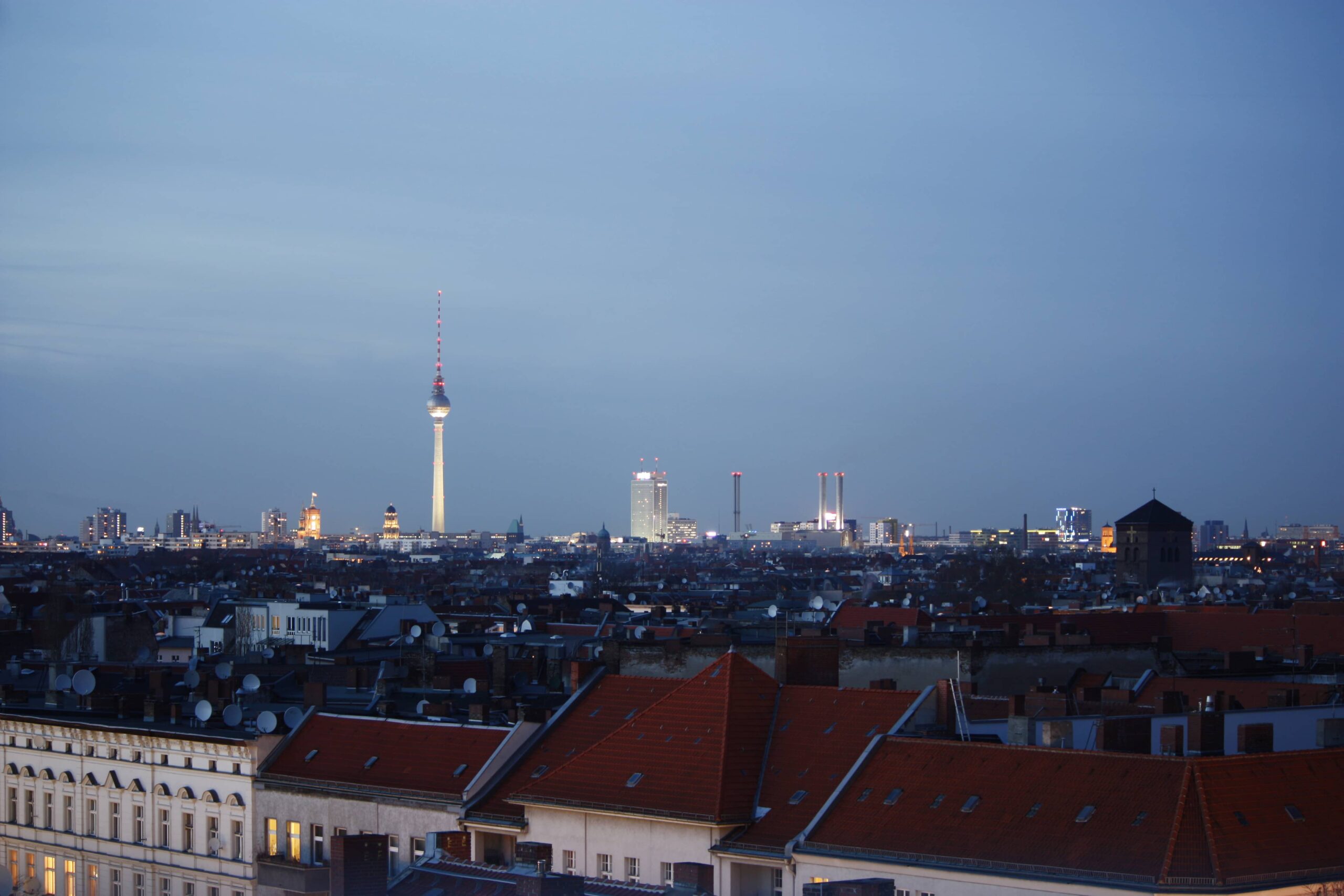
German metropolises and the affordable housing crisis

Berlin Focus
La Fabrique de la Cité
La Fabrique de la Cité is a think tank dedicated to urban foresight, created by the VINCI group, its sponsor, in 2010. La Fabrique de la Cité acts as a forum where urban stakeholders, whether French or international, collaborate to bring forth new ways of building and rebuilding cities.


















